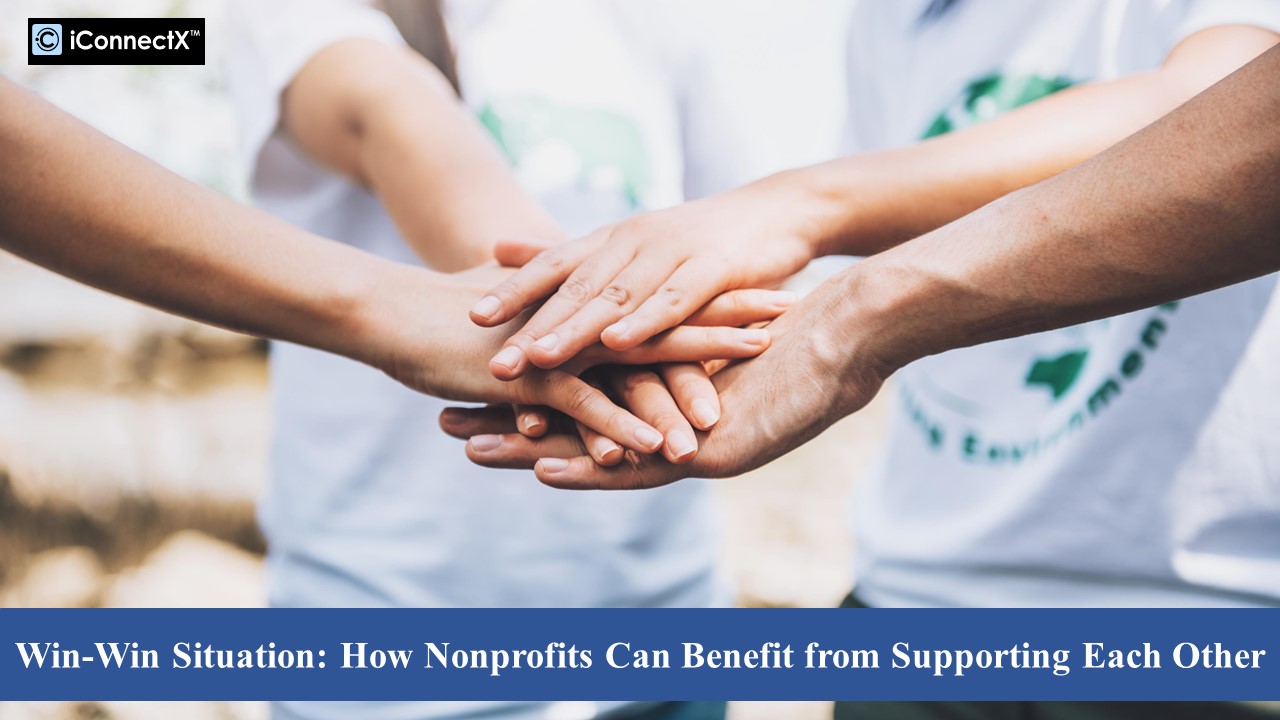
Collaboration is crucial in the nonprofit sector, as organizations join forces to address complex social issues and create lasting impact. In an era where resources are often scarce, and challenges are multifaceted, working together has become more important than ever.
Nonprofits can amplify their reach and effectiveness by pooling their expertise, resources, and networks. Collaboration allows organizations to leverage each other's strengths and tackle problems from multiple angles. It fosters innovation, promotes efficiency, and maximizes the whole sector's collective impact.
Furthermore, collaboration enables nonprofits to avoid duplication of efforts and ensure that limited resources are used strategically. By sharing knowledge, best practices, and lessons learned, organizations can learn from one another's successes and failures. This not only saves time but also strengthens the sector's overall capacity.
In addition to internal collaboration among nonprofit organizations, partnerships with other stakeholders such as government agencies, businesses, academia, and communities are essential for creating sustainable change. These collaborations bring diverse perspectives to the table and facilitate the development of comprehensive solutions that address root causes rather than just symptoms.
However, effective collaboration is not without its challenges. Nonprofits must overcome barriers such as competition for funding or recognition, divergent missions or priorities among partners, power dynamics within collaborations, and communication gaps when managed effectively with open communication channels and shared goals in mind.
As a nonprofit Do you want to increase your reach? Then ticketed event is one of the best ways for your nonprofit cause. Utilize iConnectX – FREE event ticketing tool for Nonprofits.
Building Stronger Networks: The Benefits of Collaborating with Other Nonprofits:
Collaboration among nonprofits has become increasingly important in today's interconnected world. Building stronger networks allows organizations to pool their resources and provides opportunities for expertise exchange and increased reach. By working together, nonprofits can create a collective impact beyond what any single organization could achieve.
Networking with other nonprofits offers numerous benefits. First and foremost, it allows organizations to share resources. This could involve sharing physical assets such as office space or equipment or pooling financial resources for joint initiatives. By leveraging shared resources, nonprofits can maximize their efficiency and effectiveness in delivering their missions.
Additionally, collaborating with other nonprofits enables the exchange of expertise. Each organization brings unique skills and knowledge to the table, and by coming together, they can learn from one another and enhance their capabilities. This cross-pollination of ideas and experiences can lead to innovative solutions and improved practices across the sector.
Moreover, networking provides an opportunity for increased reach. By partnering with other organizations with complementary goals or target audiences, nonprofits can extend their reach to new communities or demographics. This broadens their impact and allows them to serve a larger population.
Lastly, collaborating with other nonprofits creates a collective impact greater than the sum of its parts. When multiple organizations work towards a shared goal or address a common issue, they can bring about meaningful change on a larger scale. This collaborative approach fosters synergy and amplifies the impact of each organization.
Finding the Right Partnerships: Factors to Consider when Selecting Collaborative Opportunities:
When it comes to finding the right partnerships, several key factors must be considered. Mission alignment, mutual goals, complementary strengths, and trust and transparency are crucial in selecting collaborative opportunities that will benefit both parties involved.
First and foremost, mission alignment is essential. Ensuring that your partner shares your organization's core values and overall purpose is important. This alignment will help ensure that both parties work towards a common goal and collaborate effectively on projects.
Additionally, mutual goals are paramount in any partnership. It's crucial to identify shared objectives and desired outcomes from the beginning. This will enable both parties to work together towards a common vision, ensuring that efforts are not misaligned or wasted.
Complementary strengths also contribute to successful collaborations. When selecting partners, looking for individuals or organizations that bring unique skills or resources to the table is beneficial. This way, each party can leverage their strengths to enhance the overall outcome of the partnership.
Trust and transparency are fundamental elements of any successful partnership. Open communication, honesty, and reliability are vital in establishing a strong foundation for collaboration. Trust ensures that both parties can rely on each other's commitments and promotes a healthy working relationship.
By considering these factors when selecting collaborative opportunities, you can increase the likelihood of finding partnerships that will be mutually beneficial and contribute positively towards achieving your organization's goals.
Nonprofits need to recognize that collaboration does not mean sacrificing individuality or competitiveness. Rather, it involves finding ways to complement each other's strengths and work towards shared goals while maintaining autonomy.
By embracing collaboration, nonprofits can create a more interconnected network that supports one another in achieving their missions. Together, we can build a stronger nonprofit community better equipped to tackle the complex social issues of our time.
In conclusion, building stronger networks through collaboration among nonprofits offers numerous benefits, such as shared resources, expertise exchange, increased reach, and collective impact. Organizations can create lasting change and make a positive difference in society by working together.
Useful Links
· Tips to Overcome Fundraising Challenges
· Free online auction site for Nonprofits







